A Doppler radar is a specialized radar that uses the Doppler effect to produce velocity data about objects at a distance. It does this by bouncing a microwave signal off a desired target and analyzing how the object’s motion has altered the frequency of the returned signal.
Doppler radar technology used to be expensive, but is not anymore. A cheap cheap HB100 doppler radar module can be bought for few dollars/euros. HB100 outputs signal from from its IF pin at frequency a the detected Doppler shift. This signal is only a couple microvolts peak-to-peak (because it comes directly from module IF). The Doppler motion sensor I bought only outputs a non-amplified signal of a few micro-volts, whose frequency represents the speed at which an object is moving towards or away from the sensor. For most practical applications that signal needs to be amplified a lot.
To test how this doppler radar works, I bought HB100 Sensor Module 10.525GHz Doppler Radar Motion Detector 40mA For Arduino module:
Type: Microwave Sensor
Chip: HB100
Frequency: 10.525GHz
Voltage: DC 5V±0.25V
Current: 40mA
Size: 38 x 45 x 7 mm (L x W x H)
Application: Automatic door startup, Car, House intrusion alarm, Collision warning, Traffic monitoring
Here is some pictures of the module (taken after I have soldered wires to module). Here is the side where you can see transmitter and receive antennas:
Here is the electronics side where all the interesting parts are encased in metal box:
Here is some technocal data fromhttp://www.theorycircuit.com/hb100-microwave-motion-sensor-interfacing-arduino/
Here is my interfacing circuit to connect this radar module to arduino (amplifier and bandpass filter based on schematic from http://www.theorycircuit.com/hb100-microwave-motion-sensor-interfacing-arduino/ ):
Circuit diagram of what I built. It is modified version of one example circuit I fould (component value changes hand drawn here):
Here is the Arduino code I used (based on code from http://www.limpkin.fr/index.php?post/2013/08/09/Making-the-electronics-for-a-%247-USD-doppler-motion-sensor ):
// Below: pin number for FOUT
#define PIN_NUMBER 4
// Below: number of samples for averaging
#define AVERAGE 2
// Below: define to use serial output with python script
//#define PYTHON_OUTPUT
// from http://www.limpkin.fr/index.php?post/2013/08/09/Making-the-electronics-for-a-%247-USD-doppler-motion-sensor
unsigned int doppler_div = 19;
unsigned int samples[AVERAGE];
unsigned int x;
void setup() {
Serial.begin(9600);
pinMode(PIN_NUMBER, INPUT);
}
void loop() {
noInterrupts();
pulseIn(PIN_NUMBER, HIGH);
unsigned int pulse_length = 0;
for (x = 0; x < AVERAGE; x++)
{
pulse_length = pulseIn(PIN_NUMBER, HIGH);
pulse_length += pulseIn(PIN_NUMBER, LOW);
samples[x] = pulse_length;
}
interrupts();
// Check for consistency
bool samples_ok = true;
unsigned int nbPulsesTime = samples[0];
for (x = 1; x < AVERAGE; x++)
{
nbPulsesTime += samples[x];
if ((samples[x] > samples[0] * 2) || (samples[x] < samples[0] / 2))
{
samples_ok = false;
}
}
if (samples_ok)
{
unsigned int Ttime = nbPulsesTime / AVERAGE;
unsigned int Freq = 1000000 / Ttime;
#ifdef PYTHON_OUTPUT
Serial.write(Freq/doppler_div);
#else
//Serial.print(Ttime);
Serial.print(“\r\n”);
Serial.print(Freq);
Serial.print(“Hz : “);
Serial.print(Freq/doppler_div);
Serial.print(“km/h\r\n”);
#endif
delay(200);
}
else
{
#ifndef PYTHON_OUTPUT
Serial.print(“.”);
#endif
}
}
Here is example output the Arduino sends to serial port:
Links to more material:
http://www.electroschematics.com/11926/hb100-microwave-motion-sensor-an-introduction/
http://www.theorycircuit.com/hb100-microwave-motion-sensor-interfacing-arduino/
http://www.electroschematics.com/11926/hb100-microwave-motion-sensor-an-introduction/
https://github.com/3zuli/HB100_test
Datasheet of the module: https://www.openimpulse.com/blog/wp-content/uploads/wpsc/downloadables/HB100_Microwave_Sensor_Application_Note.pdf
Making the electronics for a $7 USD doppler motion sensor
https://www.openimpulse.com/blog/products-page/product-category/hb100-microwave-sensor-module/
https://www.openimpulse.com/blog/wp-content/uploads/wpsc/downloadables/HB100_Microwave_Sensor_Application_Note.pdf
Microwave Doppler X-Band Radar Sensor Wireless Module Motion Speed
Microwave Motion Sensors for Fun and Profit (HB100 and Arduino)
Making the electronics for a Doppler motion sensor
https://www.openimpulse.com/blog/products-page/product-category/hb100-microwave-sensor-module/
https://www.openimpulse.com/blog/wp-content/uploads/wpsc/downloadables/HB100_Microwave_Sensor_Application_Note.pdf
http://www.limpkin.fr/public/HB100/HB100_Microwave_Sensor_Module_Datasheet.pdf
http://www.limpkin.fr/public/HB100/HB100_Microwave_Sensor_Application_Note.pdf
HB100 Microwave Motion Sensor – An Introduction
Breakout board uses HB100 doppler motion sensor
HB100 Doppler Speed Sensor – Arduino Compatible
HB100_test – A quick test of the cheap HB100 doppler radar module.
Datasheet of the module: https://www.openimpulse.com/blog/wp-content/uploads/wpsc/downloadables/HB100_Microwave_Sensor_Application_Note.pdf
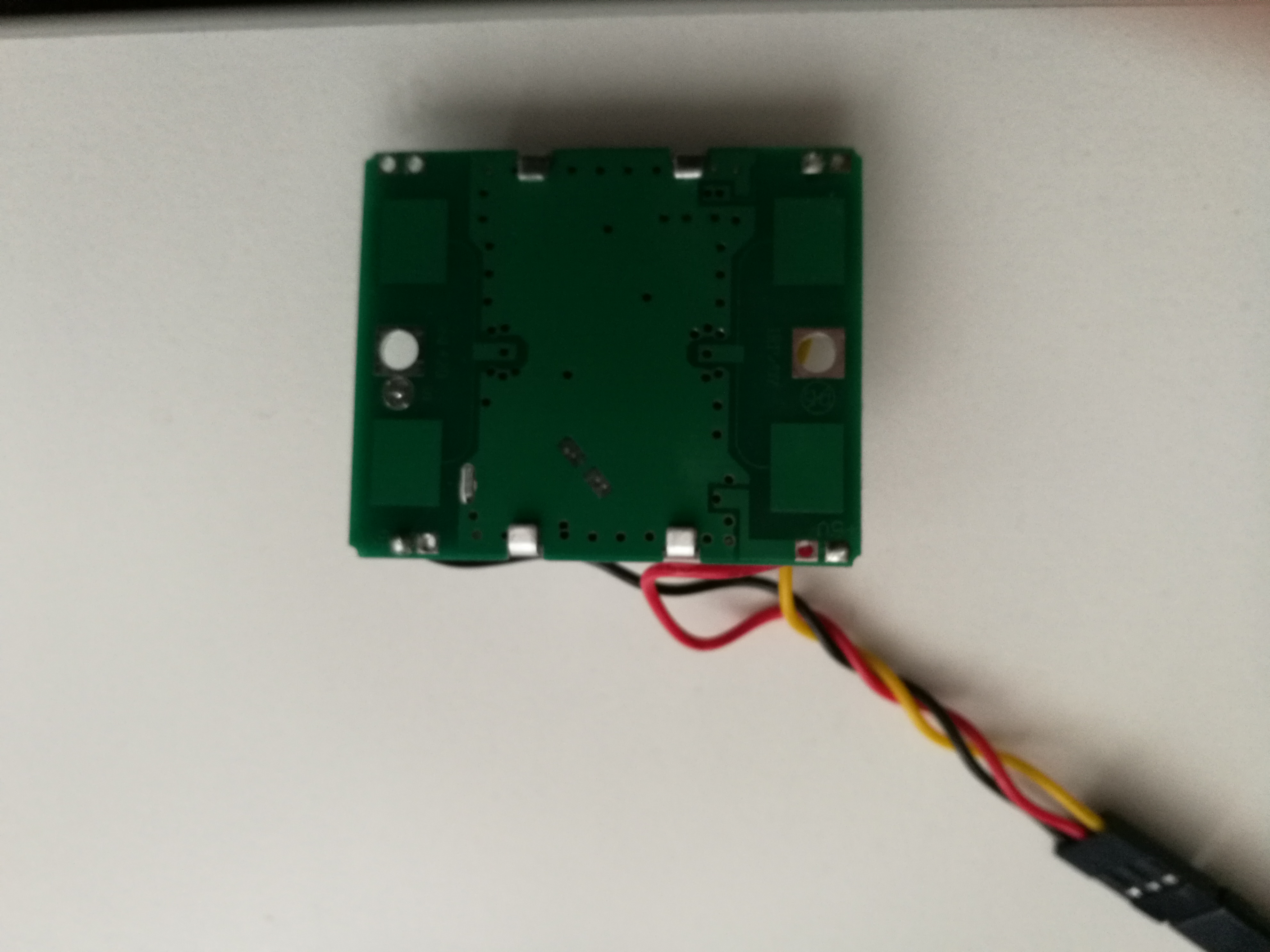
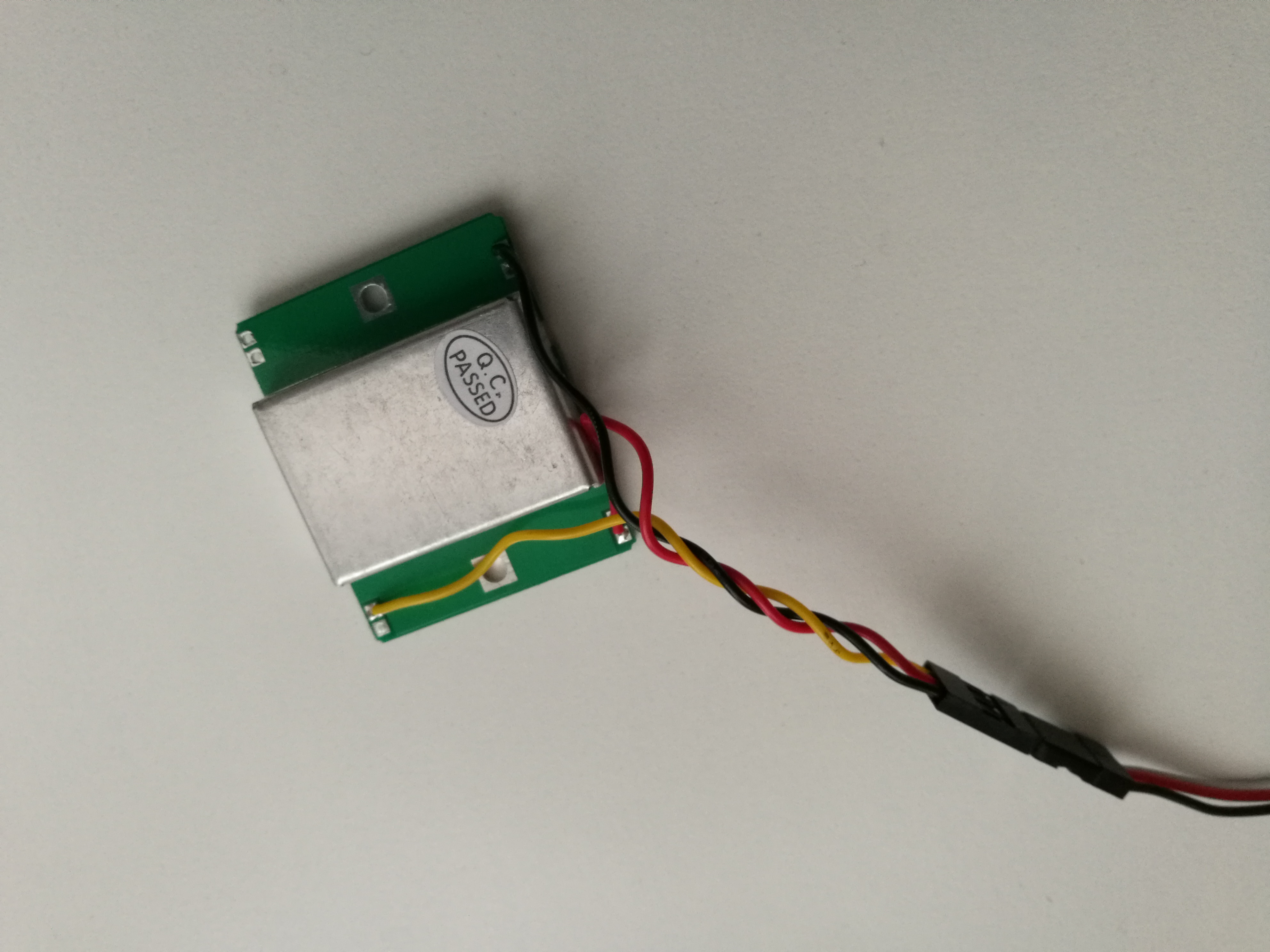

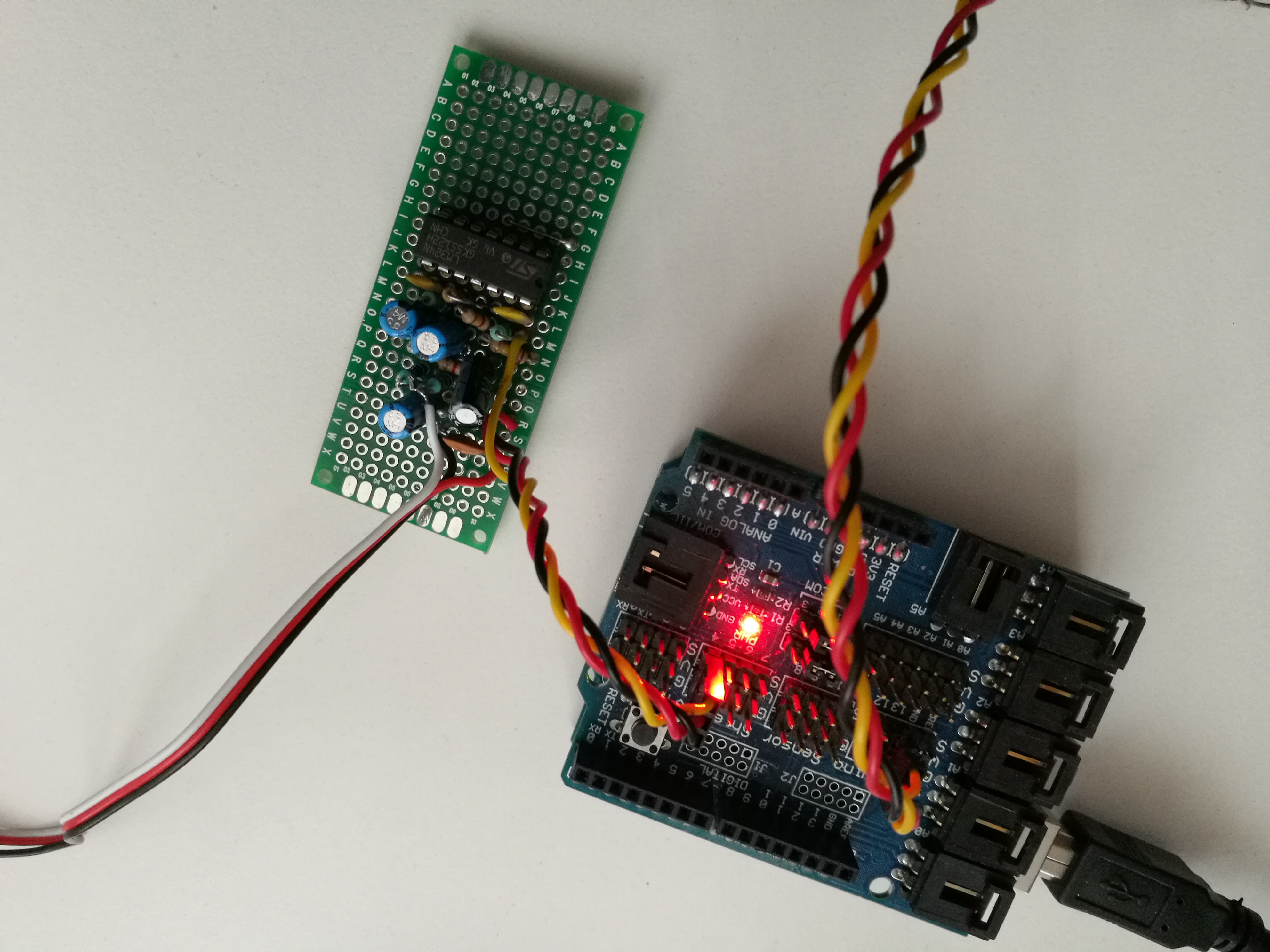
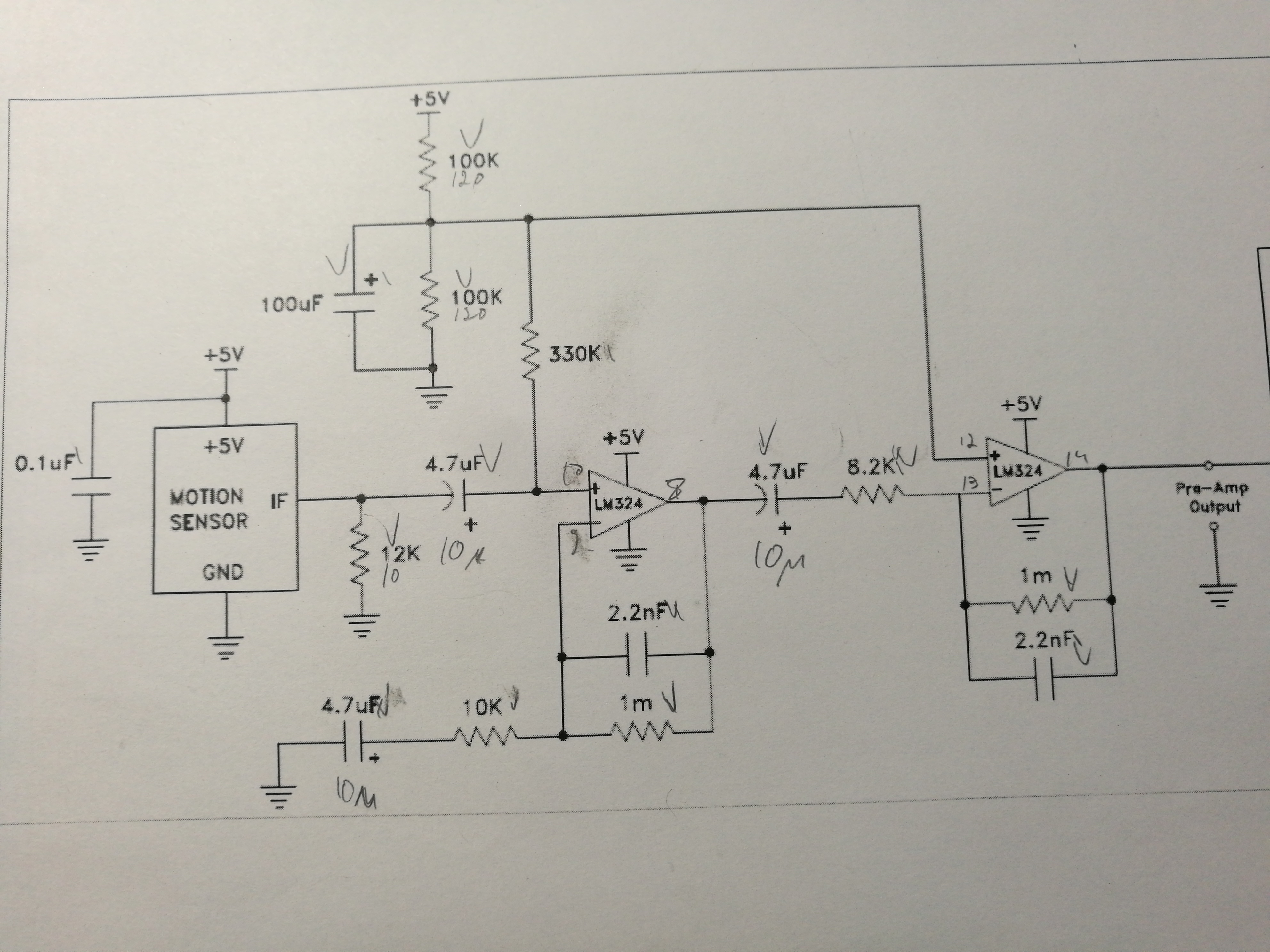
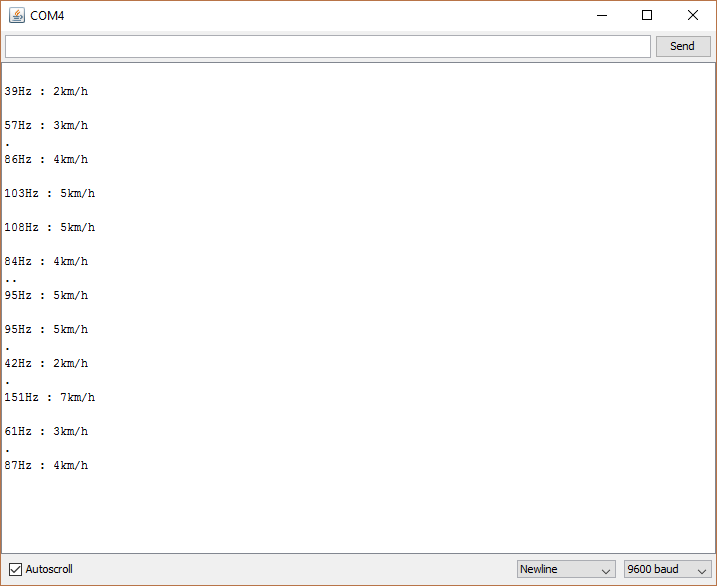
24 Comments
Tomi Engdahl says:
Information on some other radar sensors:
Radar Sensors Put to the Test
http://hackaday.com/2017/05/24/radar-sensors-put-to-the-test/
[Andreas Spiess] picked up a few inexpensive radar sensors. He decided to compare the devices and test them and–lucky for us–he collected his results in a video
#135 Radar Sensors / Switches: Comparison and Tests
https://www.youtube.com/watch?v=9WiJJgIi3W0
Tomi Engdahl says:
Automotive Radar and the Doppler Effect
http://hackaday.com/2017/06/07/automotive-radar-and-the-doppler-effect/
With more and more cars driving themselves, there is an increasing demand for precise environment aware sensors. From collision avoidance to smooth driving, environmental awareness is a must have for any self-driving cars. Enter automotive radar: cool, precise and relatively cheap. Thanks to a donated automotive radar module, [Shahriar] gifts us with a “tutorial, experiment and teardown.”
Only after a brief overview of the Doppler effect, [Shahriar] digs into the PCB which reveals three die-on-PCB ASICs responsible for generating and receiving 77GHz FMCW signals coupled to a 2D array of antennas.
TSP #90 – Tutorial, Experiments & Teardown of a 77GHz Automotive FMCW Radar Module
https://www.youtube.com/watch?v=8af9YVIqhRk
In this episode Shahriar explores the principle operation of automotive FMCW radars. Thanks to a donated automotive radar module, various components of the system can be examined and explored. The PCB reveals three die-on-PCB ASICs responsible for generating and receiving 77GHz FMCW signals coupled to a 2D array of antennas. Several microwave components such as rat-race couplers and branchline couplers can also be observed. PCB rulers from SV1AFN Design Lab (link below) also show these microwave components at much lower frequencies. Two other ICs are used for ramp generation and PLL as well as a multi-input LNA/PGA/AAF with 12-bit ADC for IF processing. All components are examined under the microscope and the frequency of operation is calculated by measuring the branchline coupler’s dimensions.
Tomi Engdahl says:
RADAR Controlled Speakers
http://hackaday.com/2017/07/07/radar-controlled-speakers/
[Scott] had a simple problem – he was tired of leaning over his work bench to change the volume on his speakers. He desired a system that would readily allow him to switch the speakers on and off from a more comfortable distance. Not one to settle for the more conventional solutions available, [Scott] whipped up a RADAR-activated switch for his speaker system.
The build relies on a surprisingly cost-effective RADAR module available off the shelf, running in the 5.8GHz spectrum. At under $10, it’s no big deal to throw one of these into a project that requires some basic distance sensing.
Controlling Speakers with RADAR
http://www.swharden.com/wp/2017-06-28-controlling-speakers-with-radar/
Tomi Engdahl says:
Some radar application ideas:
5 New Things to Do with a Single-Chip Radar
http://www.mwrf.com/blog/5-new-things-do-single-chip-radar?code=UM_Classics07217&utm_rid=CPG05000002750211&utm_campaign=12261&utm_medium=email&elq2=aceed5ee370749c1b840af54c0abd0db
In case you didn’t know, you are living in the age of the single-chip radar. These chips are now widely used in automobiles, so volume is increasing—thereby reducing the price. This makes them ever more practical for other applications, which got me to thinking: What are these other apps? Here are a few thoughts.
The single-chip radars come in a variety of forms. You can get them in the 24, 60, 76-77, and 94 GHz bands. Some research-lab chips operate at 120 GHz. As for modulation, there are CW and pulse types—but most seem to use FM-CW. There are even some impulse UWB units available. Maximum range is about 10 to 60 meters. Most are made with SiGe, but there are some CMOS devices emerging. Prices are still in the high single digits, but coming down. A number of companies offer complete modules, especially for auto use.
What radar traditionally does is measure distance, direction, and speed. And the new single-chip devices are no exception. However, one good way to look at these chips is as sensors. They can still measure distance and speed, but they also indicate presence or motion. For example, one popular use is a liquid level sensor in a tank.
Single-chip radar’s greatest success so far is its use for automotive safety and convenience.
So what else can you do with a single chip radar? One approach is to use the “find a need and fill it” method of product development. But another approach is one engineers love: Here is a cool, new chip, what new product can I make with it?
1. Drone safety. Use the chips as a cheap altimeter to ensure meeting the 400-foot ceiling now imposed by the FAA.
2. Automatic door openers. How about a garage door opener that senses when your car gets close and opens automatically? This would also be good for gates. No button to push
3. Bug zapper. Maybe it is possible to make a radar that tracks flies, mosquitoes, or other nuisance bugs and vaporizes them with a low-power laser.
4. Security. Security is a major need and app these days. Video cameras are everywhere. But sometimes all you need is a presence sensor or motion detector to set off an alarm. IR is used for this now, but radar would increase the range. A related need is to sense the presence or movement of animals.
5. Bicycle safety. If radar is so effective with automobiles, maybe it should be used on bikes—where personal safety is always an issue.
Single-chip radars are also perfect for robots
Tomi Engdahl says:
#135 Radar Sensors / Switches: Comparison and Tests
https://www.youtube.com/watch?v=9WiJJgIi3W0
Tomi Engdahl says:
Making a Cheap Radar Unit Awesome
http://hackaday.com/2017/08/10/making-a-cheap-radar-unit-awesome/
[JBeale] squeezed every last drop of performance from a $5 Doppler radar module, and the secrets of that success are half hardware, half firmware, and all hack.
On the hardware side, the first prototype radar horn was made out of cardboard with aluminum foil taped around it. With the concept proven, [JBeale] made a second horn out of thin copper-clad sheets, but reports that the performance is just about the same. The other hardware hack was simply to tack a wire on the radar module’s analog output and add a simple op-amp gain stage, which extended the sensing range well beyond the ten feet or so that these things are usually used for.
With all that signal coming in, [JBeale] separates out the noise by taking an FFT of the Doppler frequency-shift signal.
T3.2 with FFT improves performance of cheap doppler radar
https://forum.pjrc.com/threads/45621-T3-2-with-FFT-improves-performance-of-cheap-doppler-radar
Here’s a use of the audio library for a non-audio purpose.
You can buy a HB100 doppler radar module for well under $5 at the usual auction sites. This sort of thing is used for automatic door openers with short range, say 10 feet. The HB100 has a mV-level baseband IF output, which I boost with a x660 opamp circuit (OPA209A) and 0.1 uF cap directly into the Teensy 3.2 pin 16 (A2). The output is a frequency proportional to target speed: Frequency (Hz) / 31.37 = Speed (mph). I use the audio library’s FFT1024 object to select out just my walking speed which is 2.2 mph, which means a signal near f=70 Hz. That, plus a crude aluminum-foil-and-cardstock horn for directivity, allows a pedestrian-detection range of 80 feet, which is a considerable improvement over the “stock” sensor (esp. given radar signals drop as 1/r^4). Many thanks to Frank B for the code to cut the ADC sample rate x4 for smaller frequency bins, and neutronned for the example code I modified.
The plot below shows the 2.2 mph frequency channel as I walk directly away from the sensor out to 80 feet, then immediately return the same way.
Tomi Engdahl says:
Radar Systems Scan The Skies
Radar systems have been adapted to a wide range of applications since their development during World War II.
http://www.mwrf.com/systems/radar-systems-scan-skies?code=UM_Classics08117&utm_rid=CPG05000002750211&utm_campaign=12407&utm_medium=email&elq2=e24f21a601e442cfa98e2def2637e9c9
The purpose of radar is to provide some form of warning, whether as part of a military surveillance system, a weather-tracking system, or our efforts to better know the universe. Short for radio detection and ranging, radar was initially developed for military use (to detect ships and aircraft during World War II), but now has many applications. Radar systems have matured with the development of different technologies, such as RF/microwave amplification and digital signal processing (DSP). They are now used on earth, at sea, on the road, and even in outer space.
Radar can operate with continuous-wave (CW) signals. More commonly, though, it transmits and receives pulses, measuring the range or distance to a target based on the delay time of the pulses and the velocity of the target based on the Doppler frequency shift of the received signals. A great deal can be learned about the target by analyzing the radar return signals, including the size of the target (based on the magnitude of the returned signals) and any moving parts on a target (based on modulation of the radar returns). Radar systems can be configured in a number of different ways and across many different frequency bands
In a bistatic radar system, the radar’s transmit and receive antennas are at different locations relative to the target, such as a ground-based transmitter and an airborne receiver. In a monostatic radar system, the transmitter and receiver are in the same location. In a quasi-monostatic radar system, the transmit and receive antennas are slightly separated but still appear to be in the same location as viewed by the target.
Driving Growth
In spite of their traditional association with military applications, radar systems are steadily finding their ways into commercial applications. Even though collision-avoidance radar systems operate at millimeter-wave frequencies at 77 GHz, an increasing number of integrated-circuit (IC) suppliers are finding ways to design and fabricate practical 77-GHz radar transceivers for this fast-growing application. A number of different frequency bands have been explored for this use of radar, including at 24 GHz. Some of the world’s leading suppliers of ICs are developing transceiver chipsets, including Analog Devices, Freescale Semiconductor, Infineon Technologies, and TriQuint Semiconductor.
Tomi Engdahl says:
ISM S-Band LFMCW Radar Prototype
An ISM (2.54GHz) Radar for automotive, industrial experimentation.
https://hackaday.io/project/147-ism-s-band-lfmcw-radar-prototype
An ISM (2.54GHz) Radar for automotive and industrial purposes and experimentation. The prototype will serve as a testbed for Doppler, Gated CW, and LFMCW applications.
Tomi Engdahl says:
Doppler Module Teardown Reveals the Weird World of Microwave Electronics
https://hackaday.com/2017/09/11/doppler-module-teardown-reveals-the-weird-world-of-microwave-electronics/
Oscillators with components that aren’t electrically connected to anything? PCB traces that function as passive components based solely on their shape? Slots and holes in the board with specific functions? Welcome to the weird and wonderful world of microwave electronics, brought to you through this teardown and analysis of a Doppler microwave transceiver module.
Teardown and Experiments with a Doppler Microwave Transceiver
http://www.kerrywong.com/2017/09/01/teardown-and-experiments-with-a-doppler-microwave-transceiver/
I got a couple of Microsemi’s C900502 10.525 GHz X-band Doppler radar motion sensors a while ago. This batch was made in UK and had “UK patents 2243495 and/or 2253108 apply” printed on the case. I have seen a teardown of an HB100 Doppler radar module before and was wondering if I this one is any different inside.
Tomi Engdahl says:
Teardown Tuesday: HB100 Doppler Radar Module
https://www.allaboutcircuits.com/news/teardown-tuesday-hb100-doppler-radar-module/
In this special edition of Teardown Tuesday, we crack open an HB100 Doppler radar module and delve into the mysteries of RF component design.
The HB100 Doppler Radar module costs about $5 from the usual online suspects, which is down at the “insanely cheap” end of the spectrum when you’re talking about 10Ghz radio gear.
Does it work? Surprisingly, yes. It needs some support components for most uses (like a post-amplifier for the “couple of millivolts” signal it outputs) but does its part of the job well enough.
Tomi Engdahl says:
Homemade 6 GHz Radar, v3
https://hackaday.com/2017/10/11/homemade-6ghz-radar-v3/
Tomi Engdahl says:
A Radar Module Teardown And Measuring Fan Speed The Hard Way
https://hackaday.com/2018/08/14/a-radar-module-teardown-and-measuring-fan-speed-the-hard-way/
If you have even the slightest interest in microwave electronics and radar, you’re in for a treat. The Signal Path is back with another video, and this one covers the internals of a simple 24-GHz radar module along with some experiments that we found fascinating.
The radar module that [Shahriar] works with in the video below is a CDM324 that can be picked up for a couple of bucks from the usual sources.
Tomi Engdahl says:
Tutorial, Experiment & Teardown of a 24GHz Doppler Radar Module
http://thesignalpath.com/blogs/2018/08/12/tutorial-experiment-teardown-of-a-24ghz-doppler-radar-module/
Tomi Engdahl says:
Doppler Radar Identifies Speech Over Long Distances for Search and Rescue
November 6, 2019
https://innovate.ieee.org/innovation-spotlight/Doppler-radar-search-and-rescue/#utm_source=facebook&utm_medium=social&utm_campaign=innovation&utm_content=doppler%20radar?LT=CMH_WB_2019_LM_XIS_Paid_Social
Tomi Engdahl says:
Algorithms to Antenna: Classifying Radar Micro-Doppler Signatures
https://www.mwrf.com/technologies/systems/article/21120548/algorithms-to-antenna-classifying-radar-microdoppler-signatures?utm_source=RF+MWRF+Update&utm_medium=email&utm_campaign=CPS200116038&o_eid=7211D2691390C9R&rdx.ident%5Bpull%5D=omeda%7C7211D2691390C9R&oly_enc_id=7211D2691390C9R
This blog reveals how to classify pedestrians and bicyclists based on their micro-Doppler characteristics using a deep-learning network and time-frequency analysis.
Tomi Engdahl says:
Seeed Studio Unveils an Infineon-Powered 24GHz mmWave Grove Doppler Radar Module for ADAS Projects
https://www.hackster.io/news/seeed-studio-unveils-an-infineon-powered-24ghz-mmwave-grove-doppler-radar-module-for-adas-projects-c9119046d881
Built around Infineon’s BGT24LTR11, the compact Grove Doppler Radar takes aim at advanced driver assistance system (ADAS) projects
Tomi Engdahl says:
Fabriccio Doppler-Based Touchless Sensor Brings Flexible Gesture Sensing to Interactive Fabrics
https://www.hackster.io/news/fabriccio-doppler-based-touchless-sensor-brings-flexible-gesture-sensing-to-interactive-fabrics-bb8efc86c487
Using loop antennas crafted on an embroidery machine and a modified Doppler sensor board, soft fabrics can get gesture sensing smarts.
The electronics are made up of a customised sensing board split into two parts: A modified HB100 Doppler Radar Motion Detector forms the sensor half, while modified Adafruit Bluefruit LE Micro development board handles data collection and transmission to a remote laptop for data processing via the Random Forest machine learning algorithm.
Tomi Engdahl says:
Fabriccio Doppler-Based Touchless Sensor Brings Flexible Gesture Sensing to Interactive Fabrics
https://www.hackster.io/news/fabriccio-doppler-based-touchless-sensor-brings-flexible-gesture-sensing-to-interactive-fabrics-bb8efc86c487
Using loop antennas crafted on an embroidery machine and a modified Doppler sensor board, soft fabrics can get gesture sensing smarts.
Rizki Pradana says:
Good Afternoon, in that coding
unsigned int Ttime = nbPulsesTime / AVERAGE;
unsigned int Freq = 1000000 / Ttime
where the number “1000000″ is obtained? thank you for your attention.
Tomi Engdahl says:
Freq = 1000000 / Ttime
converts time presented in microseconds to frequency
The Ttime is based on pulse lengths read with pulseln() function that returns the length of the pulse in microseconds.
Tomi Engdahl says:
John McNelly decided to recreate a roadside speed sign using an Arduino Nano and an HB100 Doppler radar module.
DIY radar speed sign looks and works like the real thing
https://blog.arduino.cc/2021/06/29/diy-radar-speed-sign-looks-and-works-like-the-real-thing/
McNelly’s design relies on an Arduino Nano and a Doppler radar module that sends out 10.525GHz radio pulses continuously and measures how much the reflected frequency has changed.
The sign also uses a giant seven-segment display for showing the speed to passersby.
http://johnmcnelly.com/arduino-radar-speed-sign/
https://github.com/CoolNamesAllTaken/radar-speed-sign
Tomi Engdahl says:
How On-Frequency Are Those Cheap Radar Modules?
https://hackaday.com/2022/12/06/how-on-frequency-are-those-cheap-radar-modules/
If you’re partial to browsing AliExpress, Banggood, or eBay for unusual hardware, you may have seen the HB100 Doppler Radar modules. These are a PCB with a metal can on board, and their reverse side has a patch antenna array. They work on a frequency of 10.525 GHz, and [OH2FTG] has characterized a few of them to see how close they lie to that figure.
These devices have a superficially very simple circuit that makes extensive use of PCB layout for creating microwave inductors, capacitors, and tuned circuits. There’s a FET oscillator and a diode mixer, and a dielectric resonator coupling the output and input inductors of the FET. This component provides the frequency stability, but its exact frequency depends on what lies within its electric field. Thus the screening can does more than screening, and has a significant effect on the frequency and stability of the oscillator.
The higher quality HB100s have a small tuning screw in the top of the can which in turn adjusts the frequency. This should be tweaked in the factory onto the correct point, but is frequently absent in the cheaper examples.
https://www.youtube.com/watch?v=C5xWcHKanUE
Tomi Engdahl says:
Seeed Studio has announced a new millimeter-wave (mmWave) sensor module, designed to pick up the proximity and, where applicable, speed of people in its surroundings: the 24GHz Human Static Presence Module Lite.
Seeed Studio Launches Sub-$7 mmWave 24GHz Human Static Presence Module Lite
https://www.hackster.io/news/seeed-studio-launches-sub-7-mmwave-24ghz-human-static-presence-module-lite-438ed4090a2e
New, cheaper sensor has a shorter range than its predecessor but comes with new distance and speed measuring capabilities.
Tomi Engdahl says:
https://hackaday.com/2023/08/24/doppler-speed-sensor-puts-fft-and-agc-to-work/